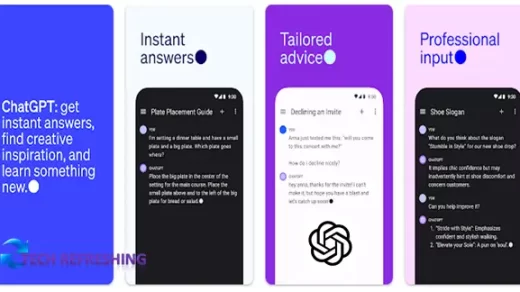India Plans to Develop 6G Network Technologies by 2030
Prime Minister Narendra Modi Unveils Bharat 6G Vision Document
By 2030, India intends to create 6G network technologies that offer widespread and secure connectivity at reasonable costs, as per their recent announcement. The country plans to design and develop these technologies in-house. Prime Minister Narendra Modi presented the Bharat 6G Vision document, which aims to position India as a global leader in 6G innovation, foster development, and digital inclusion for its citizens.
Phases of the 6G Mission
The Bharat 6G mission will span two phases, starting in 2023 with the development of standards for 6G technology. The first phase will take two years and involve creating a framework for 6G technology. The second phase, which will follow for the next five years until 2030, will involve building a 6G ecosystem. The aim is to offer internet speeds that are approximately 1,000 times faster than the maximum 5G speed of 1 Gbps.
Objectives of the Bharat 6G Mission
The Bharat 6G mission has been introduced to position India as a global leader in 6G innovation and foster development and digital inclusion for its citizens. India anticipates potential 6G applications such as remotely operated factories, self-driving cars that communicate continuously, and smart wearables that receive inputs directly from human senses. The government foresees a doubling of spectrum requirements by 2030 as it strives to provide 100 Mbps connectivity to every individual or achieve extensive 5G coverage within the next seven years.
Advantages of 6G Technology
According to the vision statement, 5G technology has a speed range of 40 – 1,100 Mbps and the ability to reach maximum speeds of 10,000 Mbps using technologies such as millimeter-wave spectrum and beamforming. However, 6G is projected to provide ultra-low latency with speeds of up to 1 Tbps. This is anticipated to simplify interactions between machines and humans and revolutionize the development and utilization of technologies such as virtual and augmented reality (VR/AR), mobile edge computing, artificial intelligence (AI), and others.
Phases of the Initiative
During the first phase of the mission, the government will offer assistance for innovative concepts, risky paths, and proof-of-concept assessments. Once the use cases are identified, implementation IPs and test beds will be established, resulting in commercialization in the second phase. In addition, the government has established a 22-member apex council consisting of its members, Vinod Dham, Tata Consultancy Services Ltd chief operating officer N.G. Subramaniam, and representatives from academia and startups, to establish the mission’s phase-wise objectives.
Conclusion
India’s plan to develop 6G network technologies by 2030 is a significant milestone in the country’s efforts to position itself as a global leader in technological innovation. With this plan, India aims to make significant strides in the field of advanced telecom technologies and solutions, ultimately improving connectivity and digital inclusion for its citizens.


